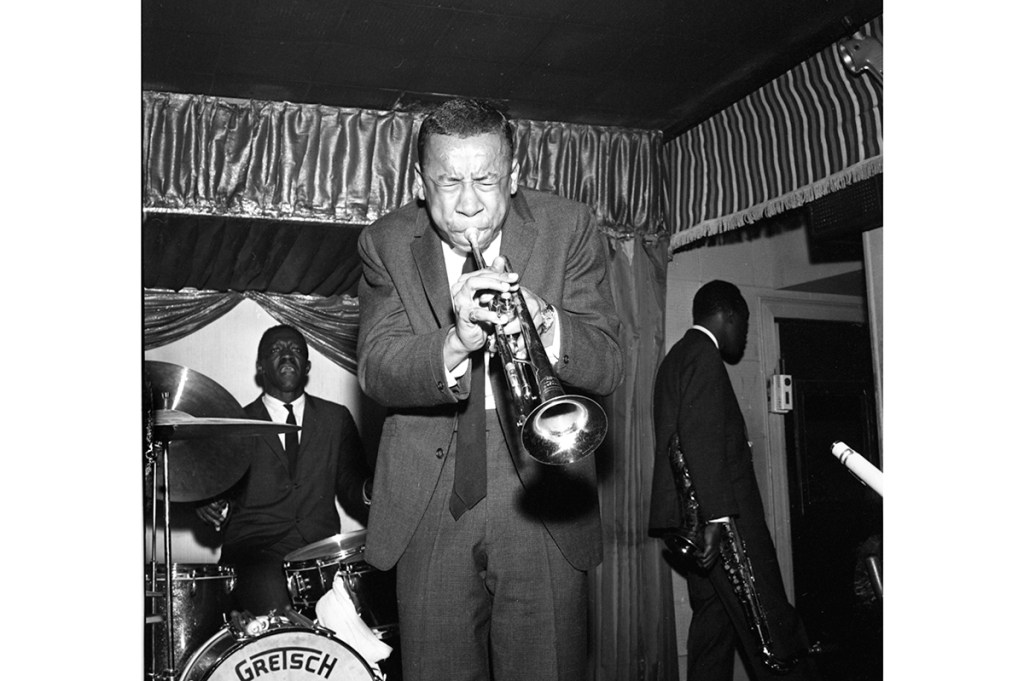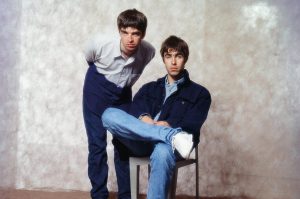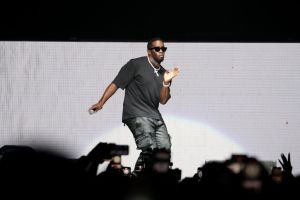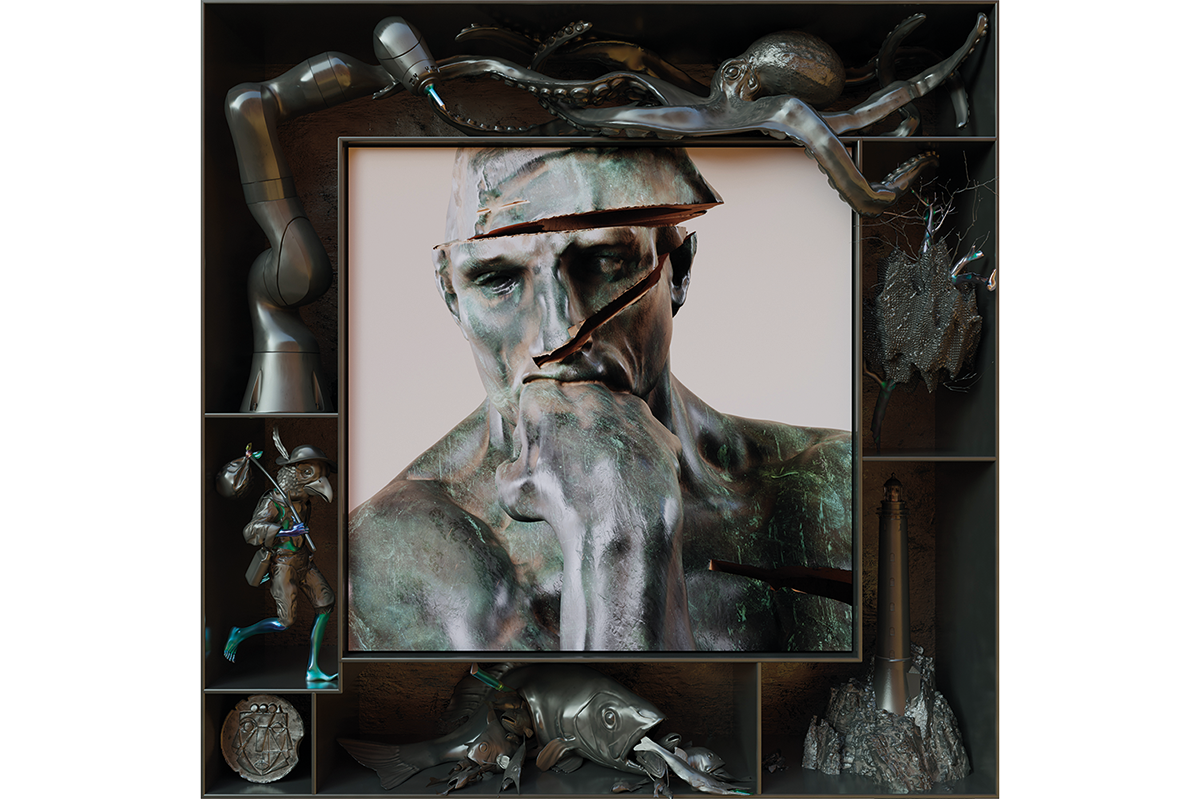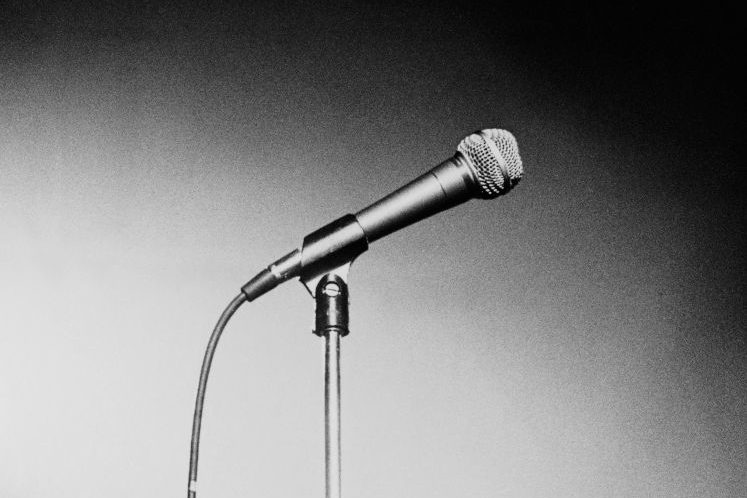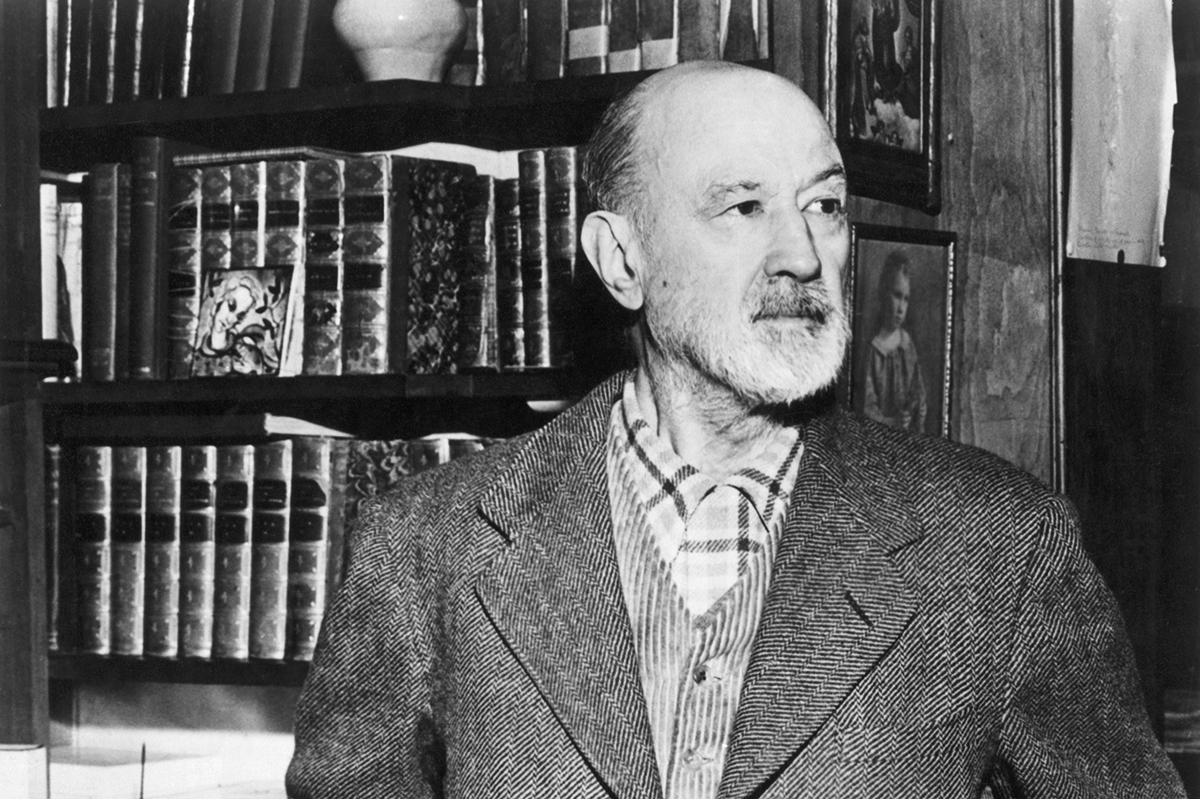When Art Blakey’s Jazz Messengers visited Japan for a two-week tour in 1961, they were among the first Western groups to tour the country. It didn’t take much for the locals to get the message. The legendary drummer’s band contained what might be his strongest lineup ever — Lee Morgan on trumpet, Wayne Shorter on tenor saxophone, Bobby Timmons on piano and Jymie Merritt on bass — and they were greeted by elated fans upon landing at Haneda Airport on New Year’s Day. “It was like a florist’s shop,” Blakey recalled. “They wanted me to make a speech but I couldn’t. I just cried.”
For the band members, this maiden voyage was a deeply moving experience. Back home, they had been relegated to playing, more often than not, in smoky jazz clubs. In Tokyo they hit the big time. As Shorter put it, “I was amazed at the reception when we finished, not just the whole concert, but each thing we played. Every time we went on, we knew we were being appreciated in ways we never had been in America.” The critic Bob Blumenthal observes that in Japan the Jazz Messengers were “received as artistic heroes wherever they appeared.”
Now it turns out that the band’s performance at Hibaya Public Hall on January 14, 1961 was captured on several tapes that were found among the effects of a deceased film editor named Fumiko Sakao. The performances themselves were recorded on a tape deck from Nagra, incidentally the same Swiss company that President John F. Kennedy selected to build a special recording device for the CIA. The acclaimed recording engineer Bernie Grundman has remastered the original tapes, and Blue Note Record’s Zev Feldman and David Weiss have co-produced First Flight to Tokyo: The Lost 1961 Recordings. The songs are available either on a two-LP set or CD, which are accompanied by a nifty booklet, or via streaming. The results can only be described as stunning.
For decades, Blakey ran the Jazz Messengers as a kind of bebop finishing school for talented youngsters, many of whom soon became household names. Blakey himself hoisted the gonfalon of hard bop early on. As Blue Note president Don Was puts it in a promotional video, “Blakey could swing like nobody else… His playing demanded that every musician dig in and play to their best.” The drummer Cindy Blackman Santana adds, “every young cat wanted to come to New York to get a shot, a chance to play with the Messengers.”
Blakey’s group took off in the 1950s with the pianist Horace Silver and continued through to the 1980s with gifted young trumpeters such as Wynton Marsalis and Terence Blanchard. Blakey was a taskmaster, a thunderous drummer who put his sidemen through their paces. Maybe the metallic toughness of Blakey, who was born in Pittsburgh in 1919, owed something to having grown up in the uncompromising environs of the Steel City. He headlined twenty albums for Blue Note, not to mention his various other recordings for the likes of Pacific Jazz and Columbia. His most famous recordings appeared on the Blue Note label, including early live albums such as At the Café Bohemia, which featured Kenny Dorham on trumpet and Hank Mobley on tenor sax, both of whom became stars.
Blakey came to play, but he wasn’t playin’. The music was serious stuff — dynamic and imaginative, powerful and searing. Part of the not-so-secret sauce was that Blakey regularly rotated his lineup. On the album A Night at Birdland, which featured Clifford Brown on trumpet and Lou Donaldson on alto sax, Blakey remarks, “Yes, sir, I’m going to stay with the youngsters — it keeps the mind active.” By that standard, Blakey’s mind was in a constant state of activity, right to the end of his performing days.
Shortly before the band traveled to Japan in 1961, it had released The Big Beat, an adventuresome album that featured a number of new compositions, among them Wayne Shorter’s tribute to Lester Young, “Lester Left Town.” For the Tokyo concert, Blakey stuck to numbers that would have been more familiar to the audience, ranging from “Now’s the Time,” which opens with a five-minute-long solo by Blakey, to “A Night in Tunisia,” which puts on display not only Blakey’s frenetic playing but also Morgan’s impassioned and authoritative trumpet solos.
Much as with Morgan’s recently released shows in 1970 at the Lighthouse in Hermosa Beach, California, the opportunity to hear the Jazz Messengers live adds a special frisson to the proceedings, as Blakey and Morgan and Shorter stretch out in ways, inspired by their admiring audience, that a studio environment would likely have inhibited. To listen to them playing their hearts out in Tokyo offers a soulful sonic flight back in time.
This article was originally published in The Spectator’s April 2022 World edition.



